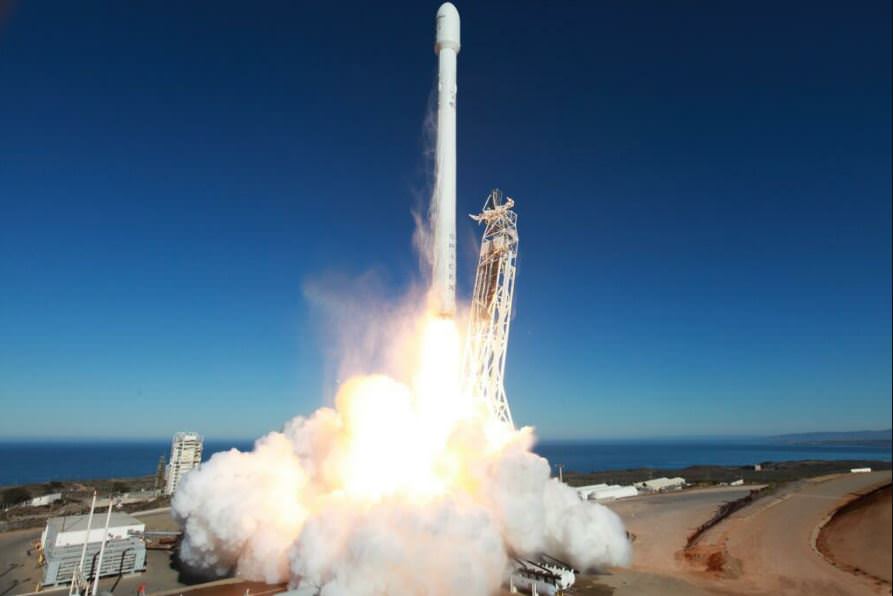When the US Space Surveillance Network indicated they were tracking additional objects in orbit following Sunday’s maiden launch of SpaceX’s next generation rocket, speculation began among satellite trackers that the upper stage of the Falcon 9 v1.1. rocket may have exploded. But SpaceX issued a statement today that their data indicates no such explosion occurred, and that insulation may have come off the second stage, creating extra objects.
Meanwhile, SpaceX CEO Elon Musk confirmed via Twitter that reports of a “fuzzy” UFO over South Africa following the launch came from liquid oxygen released by the Falcon 9 rocket’s second stage.
@DebbieViviers @SpaceX Yes, upper stage venting of liquid oxygen created a fast moving fuzzy white sphere in space over SA
— Elon Musk (@elonmusk) September 29, 2013
In the September 29 launch from Vandenberg Air Force Base in California, SpaceX successfully launched and deployed the Canadian Space Agency’s CASSIOPE weather satellite (Cascade, Smallsat, and Ionospheric Polar Explorer) and six additional small satellites.
SpaceTrack was tracking 20 objects from the launch, but only fourteen should have been in orbit (CASSIOPE, 6 small sats, 4 spacers from the POPACS satellite trio, the second stage and two fairings) leaving ssix objects unaccounted for.
“Regarding the rumors you may have heard about the Falcon 9 second stage, in short, our data confirms there was no rupture of any kind on the second stage,” SpaceX spokeswoman Emily Shanklin wrote in an email on October 1.
SpaceX gave this account of what likely happened after launch:
Following separation of the satellites to their correct orbit, the Falcon 9 second stage underwent a controlled venting of propellants (fuel and pressure were released from the tank) and the stage was successfully safed. During this process, it is possible insulation came off the fuel dome on the second stage and is the source of what some observers incorrectly interpreted as a rupture in the second stage. This material would be in several pieces and be reflective in the Space Track radar. It is also possible the debris came from the student satellite separation mechanisms onboard.
The new, more powerful version of the Falcon 9 is powered by a cluster of nine of the new Merlin 1D engines that are about 50% more powerful compared to the standard Merlin 1C engines and can therefore boost a much heavier cargo load to the ISS and beyond. The Falcon 9 v.1.1 is taller than a standard Falcon 9: about 22 stories high vs. 13.
Musk told reporters at a post-launch news conference that they attempted to reignite the upper stage after payload separation for demonstrating the capability of putting satellites into a geostationary transfer orbit. However, the reignition sequence was aborted after a problem was detected.
Several images and videos were posted online of a UFO seen over South Africa, Madagascar, Botswana, and Malawi. But it was quickly determined to be a cloud of rocket propellant surrounding the spent Falcon 9 upper stage.
SpaceX said they will continue to review their data to help identify the source of the extra debris.

